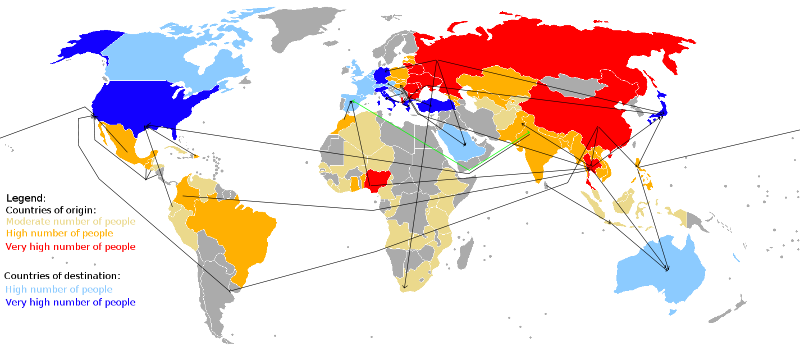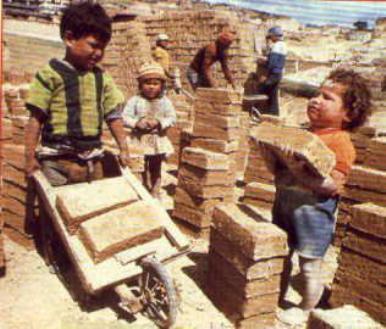Modern day slavery

There are many things wrong with the world we live in today, some of them real and others imagined. The longer you live, the more your eyes are opened to what really matters. Will gay marriage destroy the world as we know it? The answer is no. But there’s one issue that all rational people can agree on - that the buying and selling of other human beings is an atrocity.
Abusing another human being for the sake of financial profit is a uniquely human quality that shows the worst of what we are capable of. Personally, I am particularly enraged when I think that there are people out there who can really place their fellow human beings in such a light that only dollar signs are attached to their value. The victims are, to make matters worse, almost always those who are weaker and less capable of defending themselves against this problem.
Thus, the predator stalks the prey, as brutal as any creature in the wild but motivated by much baser reasons than hunger. Sometimes force is used, such as in the case of kidnapping, and other times it’s deception and lies. Many of those who get taken are not even aware of what’s going to happen to them until it’s much too late. Promised jobs, or spouses or a way out of their current unwelcome situations, these people are lured away from safety and placed into positions where they are easier targets.
Human trafficking is not, as many believe, a problem that is regulated to specific parts of the world. In fact, the only country that would not have problems with this problem would be the theoretical country that has no people in it. Certain countries have bigger problems than others (with
For those that wish to see a full listing of all the statistics, the 2012 Trafficking in Persons Report does a thorough job of that. The basic breakdown of the report is that about 15,000 to 17,000 people are trafficked into the

Human trafficking is one of those problems that needs to be dealt with on a worldwide level to achieve true change. Unfortunately, there are a great many issues in making this happen. Not all the countries of the world make it a priority to stop human trafficking. Some of the governments do not see it as a huge problem, some are involved in it for their own profit and others simply do not have the resources to do all that is necessary. Thus, traffickers have save havens across the world, places where they can go and hide and set up shop without as much fear of retribution. Another problem is that in some cases it’s the politicians and the police forces that actually run the trafficking. How do you report what’s going on when even the authorities are working against you? In other cases, it’s family members that initiate the trafficking, selling their own children or the children of relatives.
Luckily, there are many organizations working across the world to set things right. Some action is taken by the government, such as the
If you feel like putting in some time and/or money to help with the problem, check out this list of organizations. With more people working against human trafficking, awareness will indeed be raised and those that don’t see it as being a problem may begin to realize exactly how much of a problem it truly is. If enough people stand against it, we may one day see a real change in our world.
2012 Trafficking Data Map courtesy of KVDP via Wikicommons
Child Labor photo courtesy of inconnu via Wikicommons

0 comments